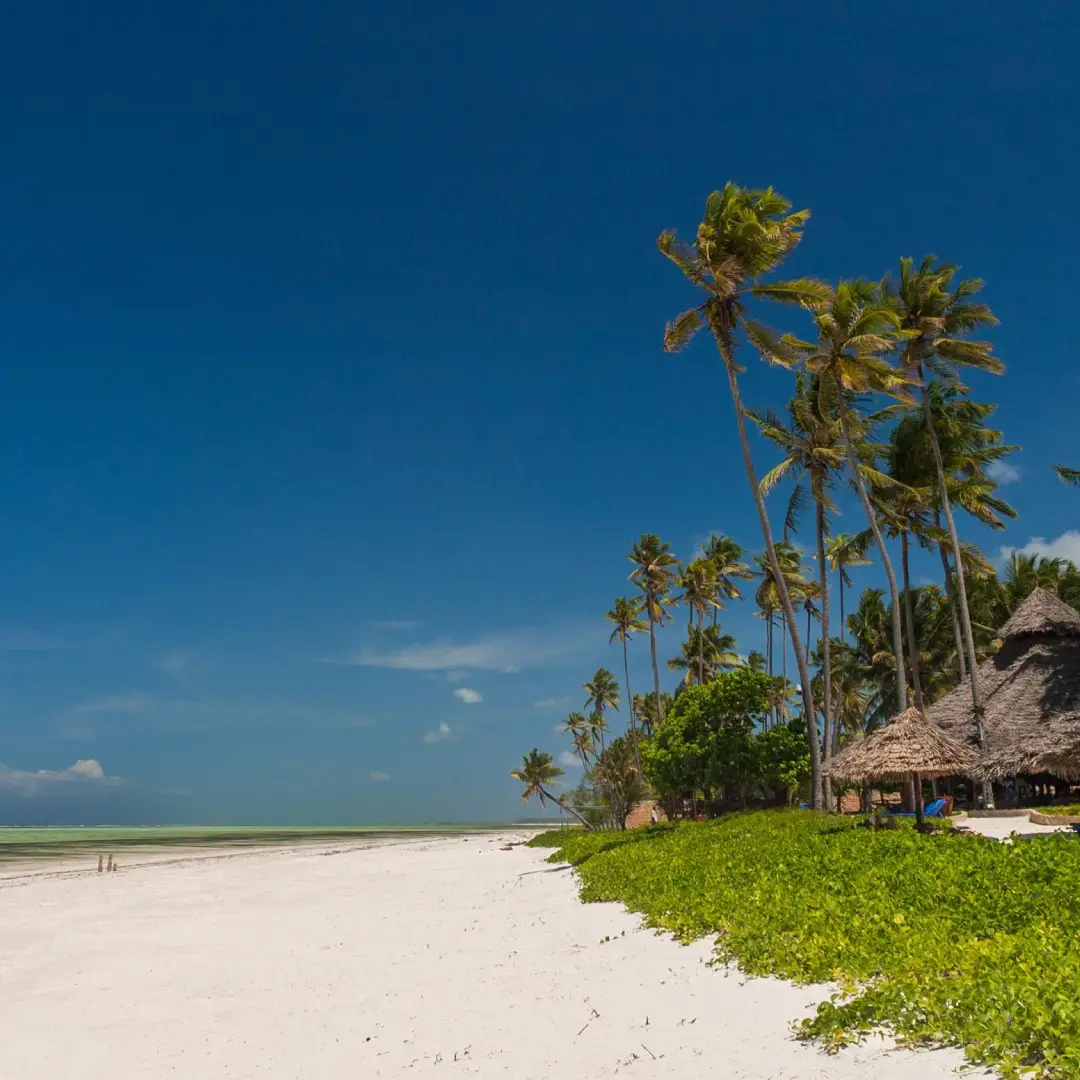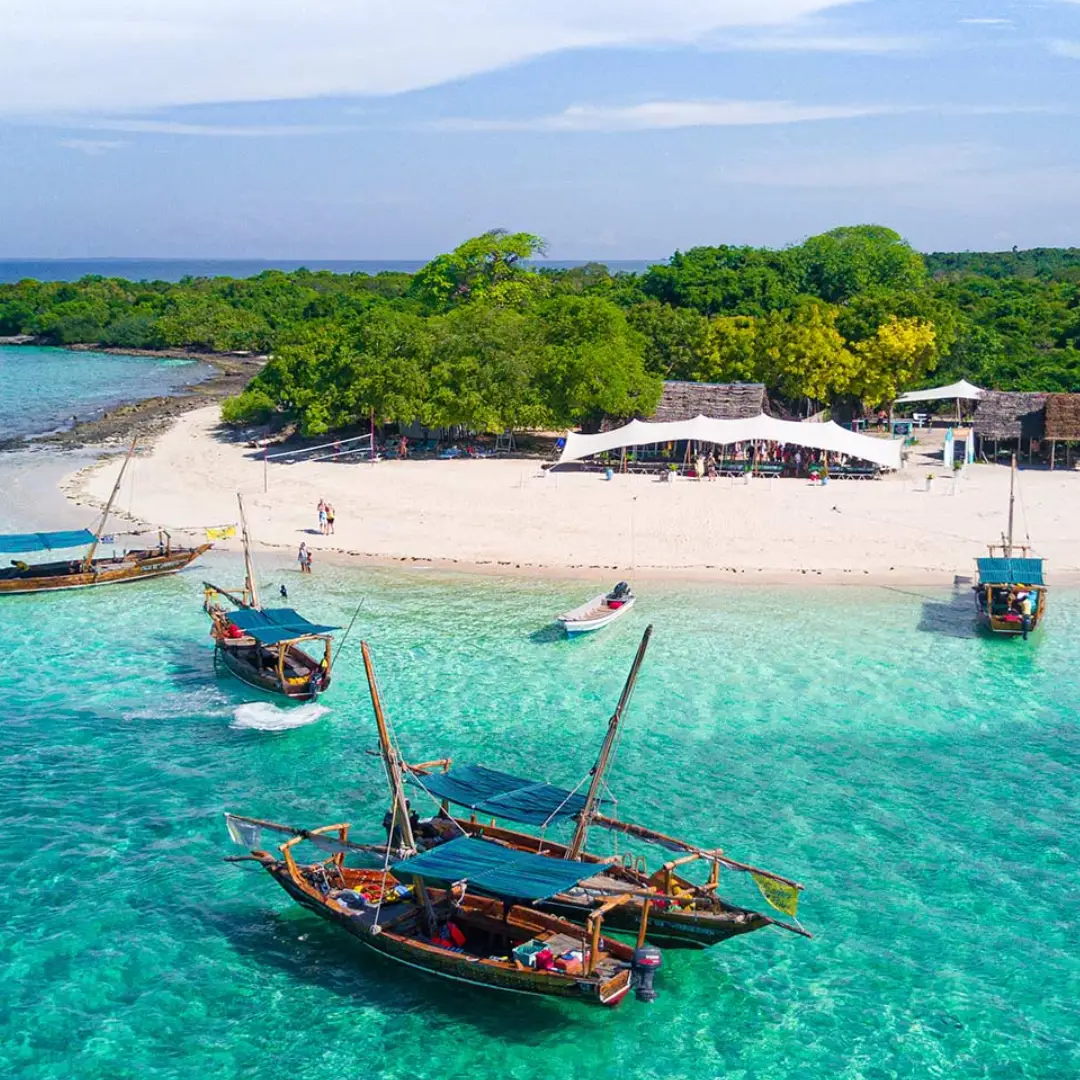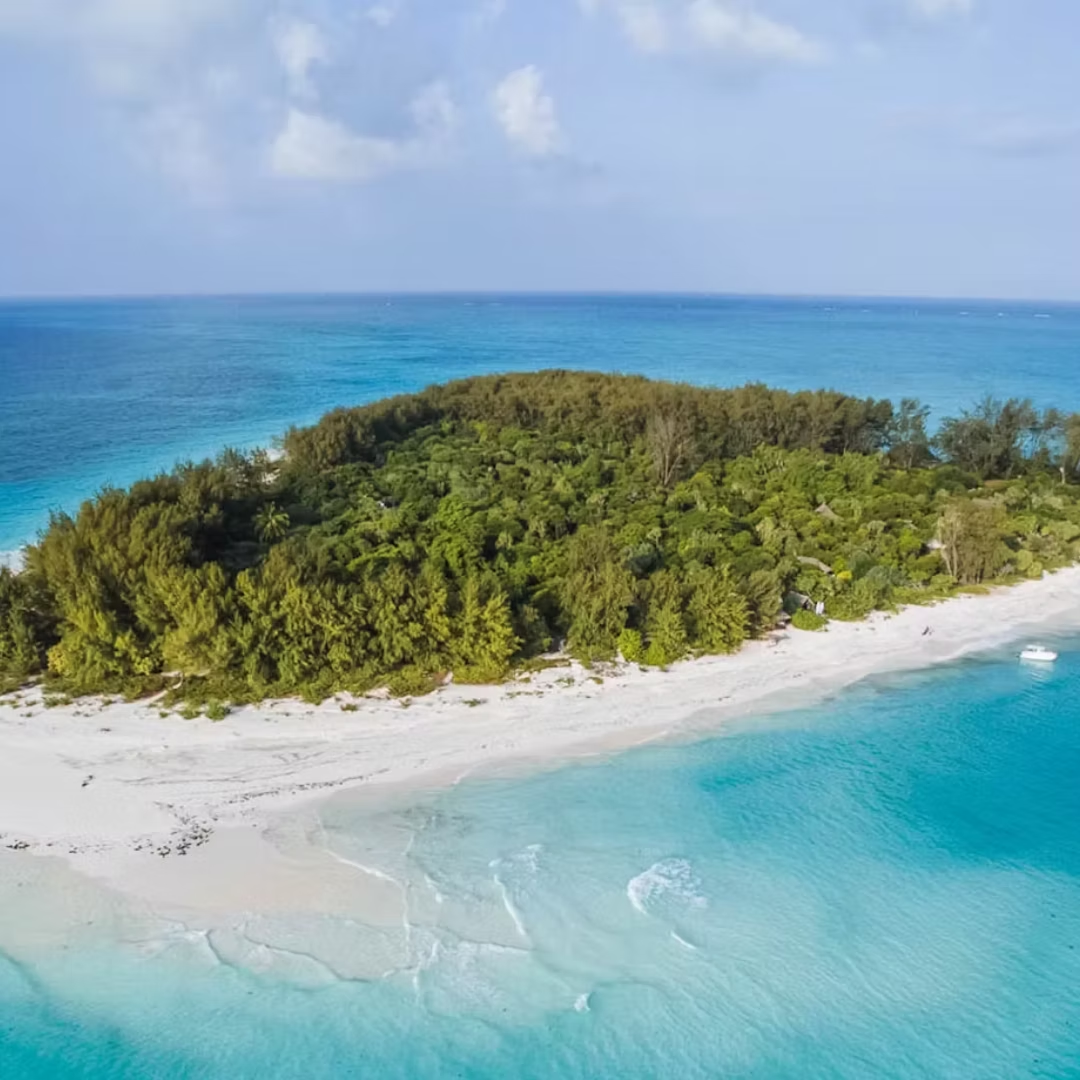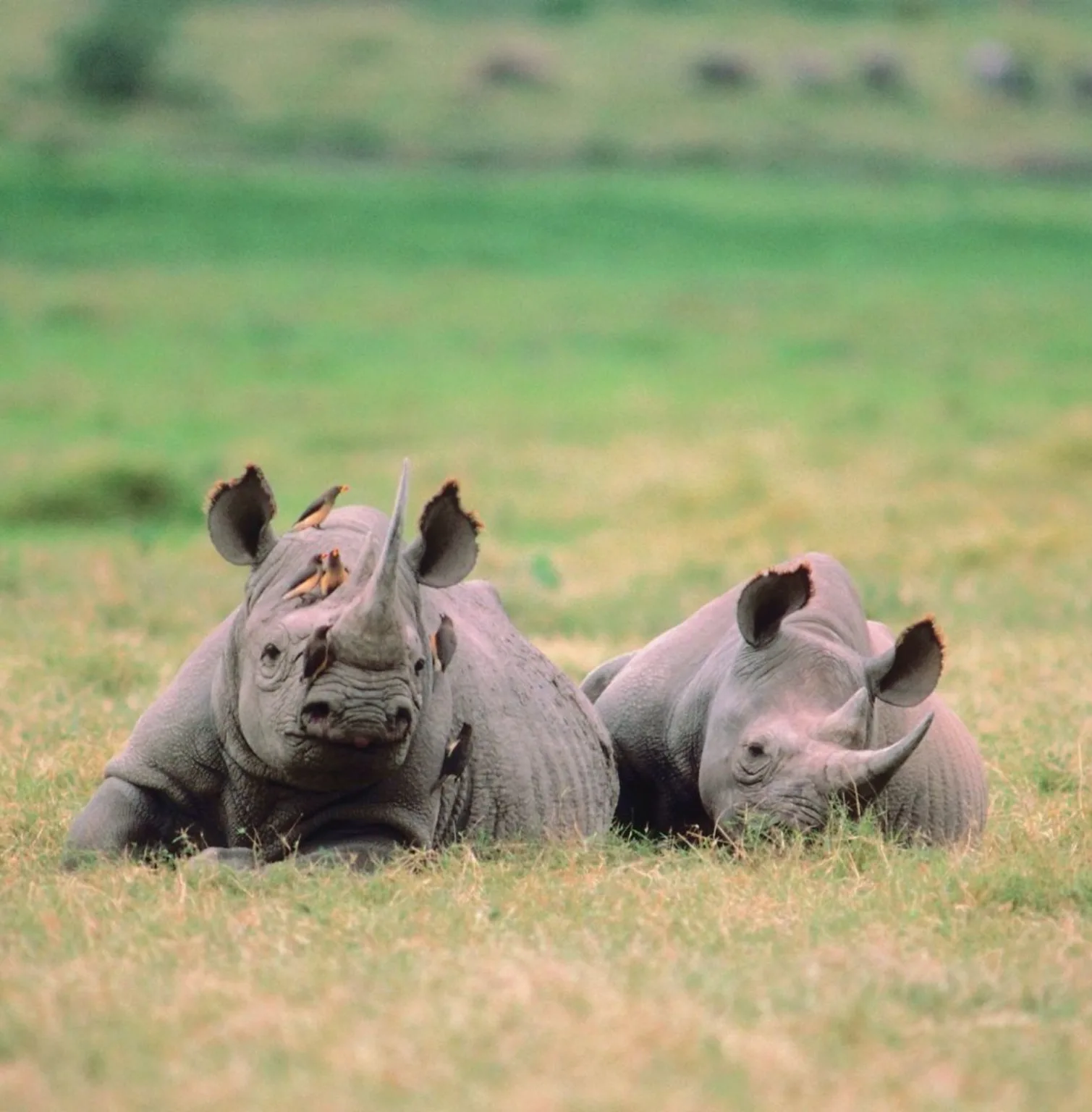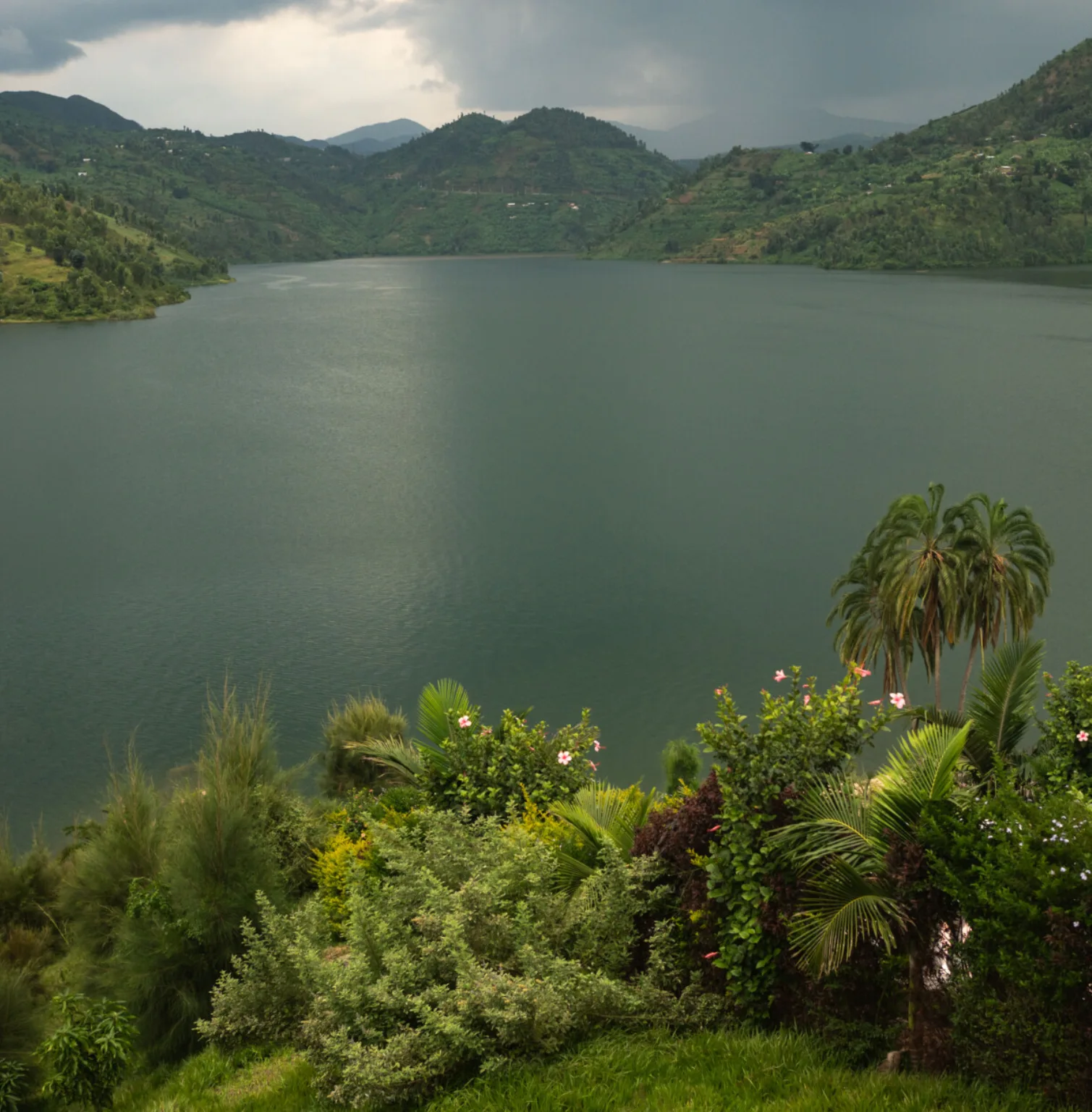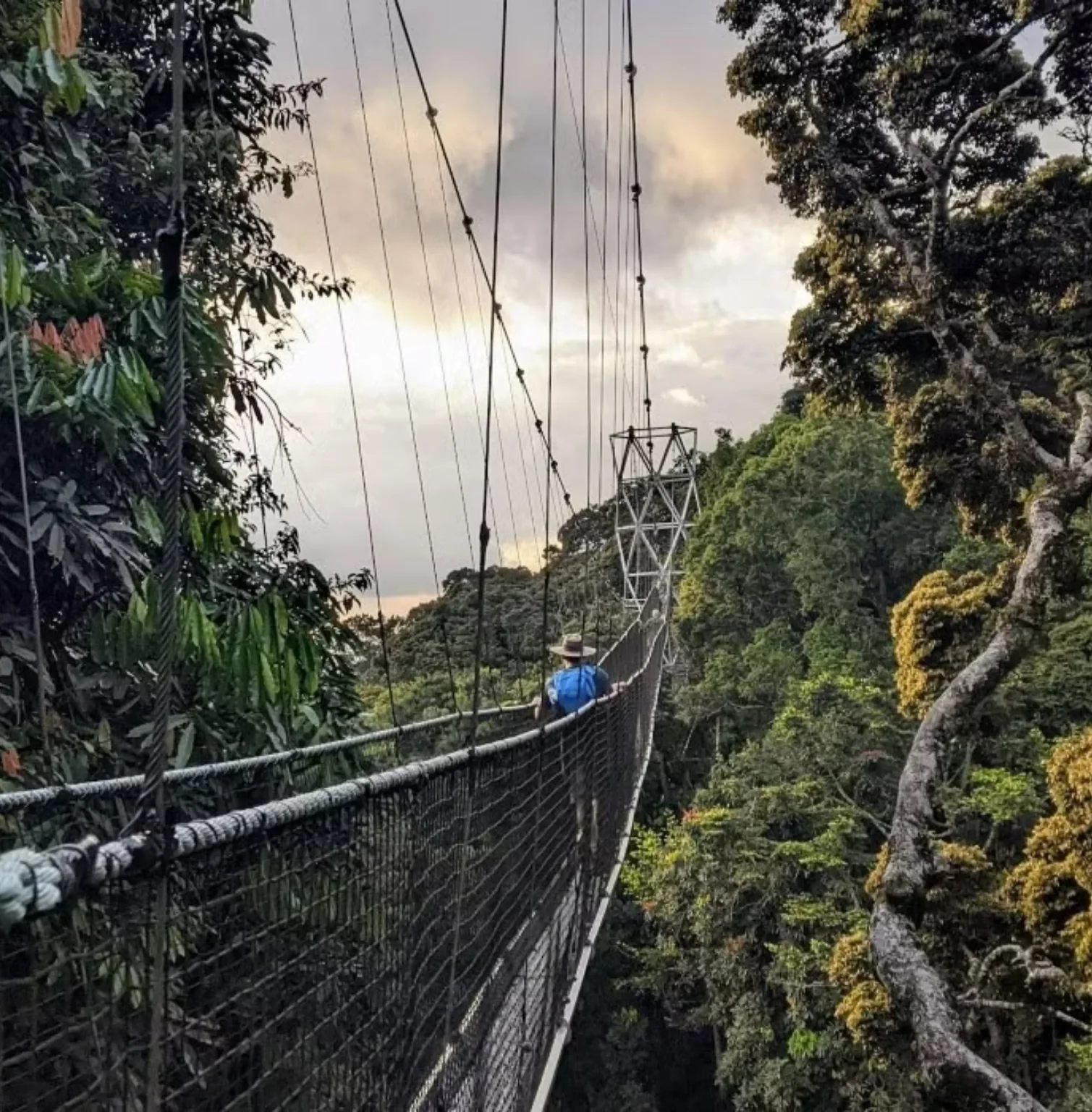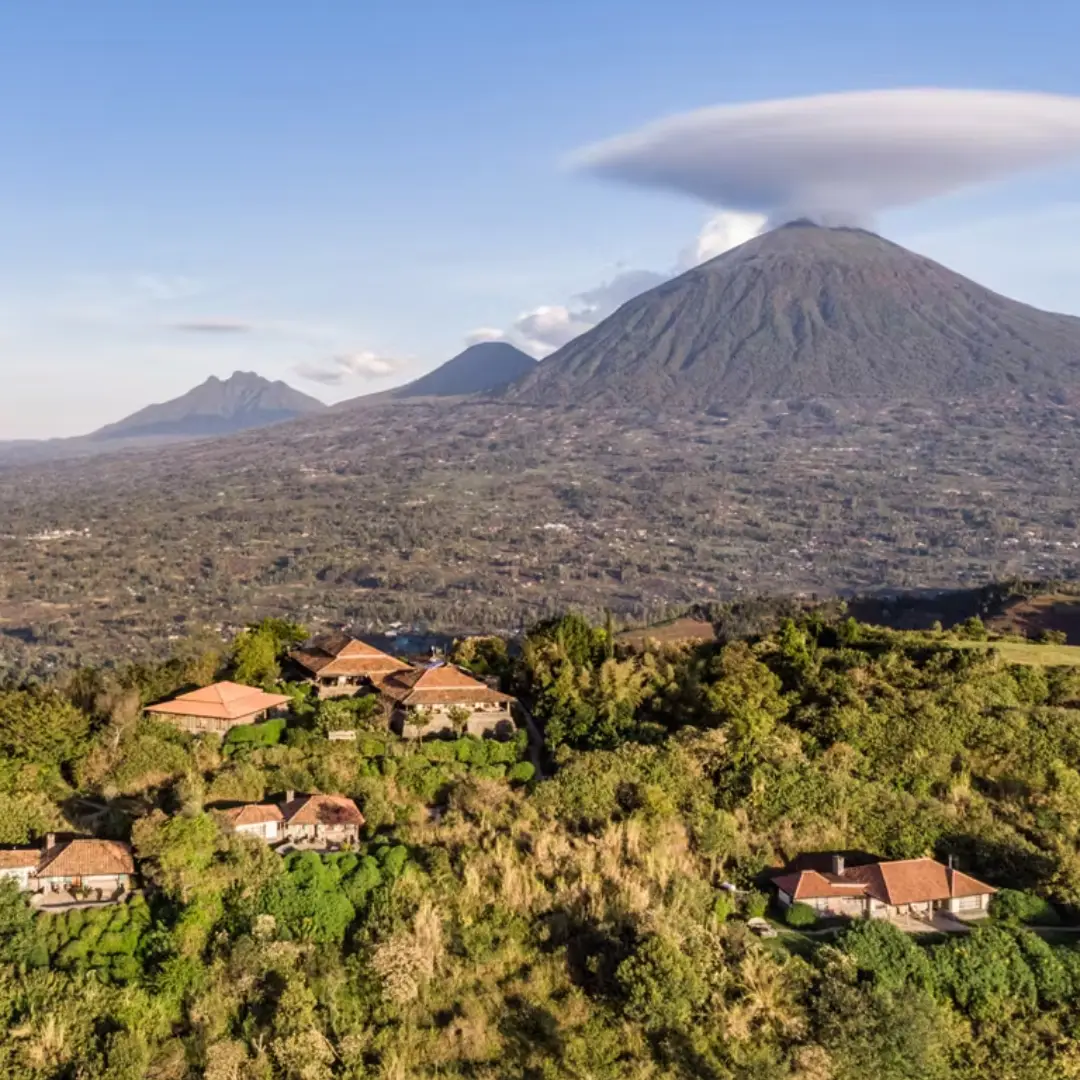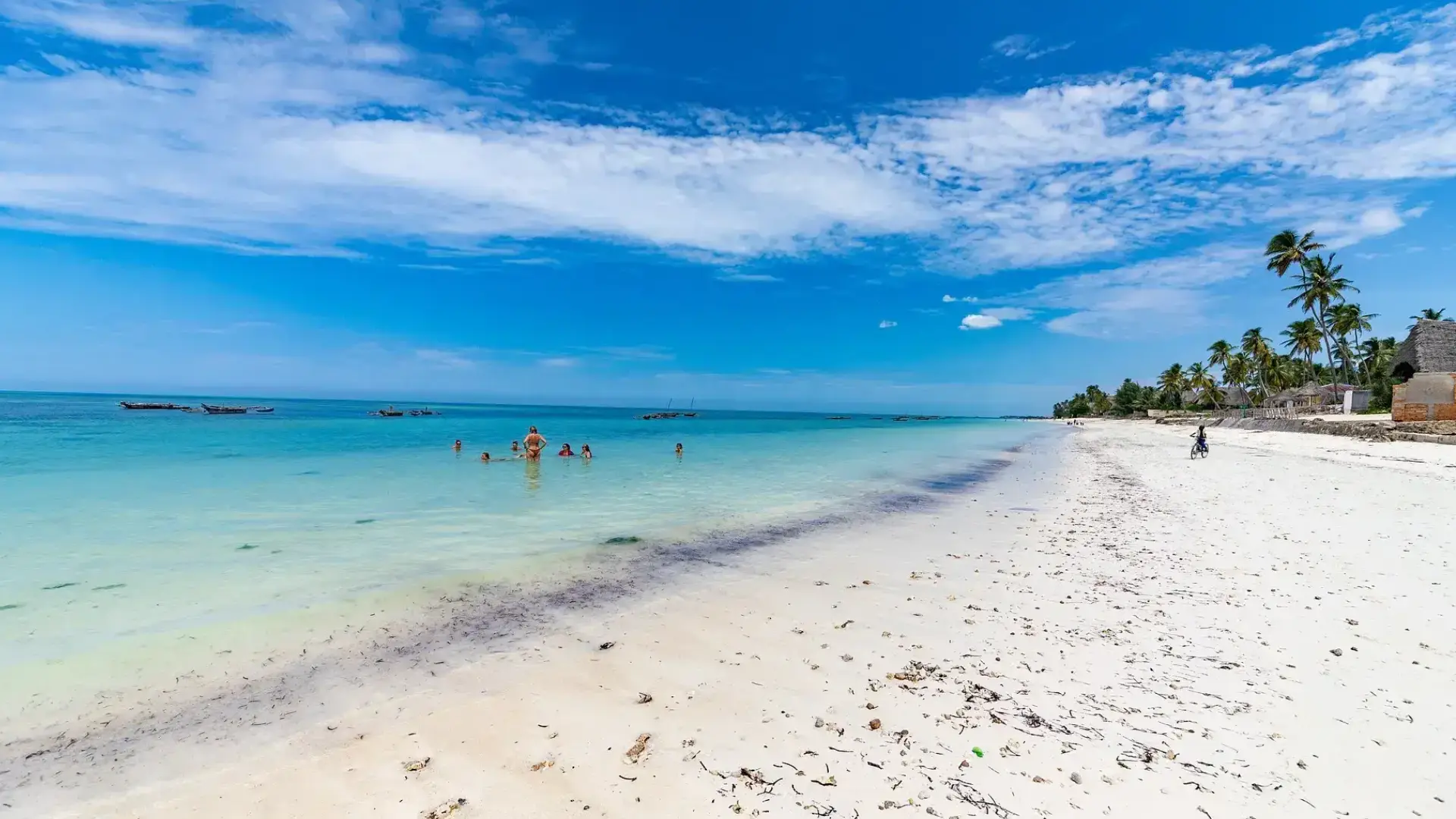Gishwati-Mukura National Park
Gishwati-Mukura National Park is Rwanda’s newest protected rainforest, covering 34 square kilometres. Located in the western part of the country, it consists of two distinct forests—Gishwati and Mukura.
This park is home to chimpanzees, golden monkeys, blue monkeys, and L’Hoest’s monkeys. Bird enthusiasts can spot over 230 species, including Albertine Rift endemics. Conservation efforts have helped restore the park after years of deforestation caused by farming and mining.
Today, visitors can explore guided chimpanzee treks, birdwatching tours, waterfall hikes, and cultural activities with local communities. The park plays a key role in protecting Rwanda’s water catchment areas. Its rich biodiversity and peaceful trails make it an ideal destination for nature lovers.
Best Time to Visit
Gishwati-Mukura National Park is open year-round, but the dry months from June to September and December to February are the best for chimpanzee trekking and hiking. Trails are drier, and wildlife is easier to spot. The wet season from March to May and October to November brings lush greenery and is perfect for birdwatching.
However, some trails may be slippery. Temperatures remain mild throughout the year, averaging between 15°C and 25°C. Visitors should wear sturdy shoes and carry rain gear, as weather conditions can change quickly in the rainforest.
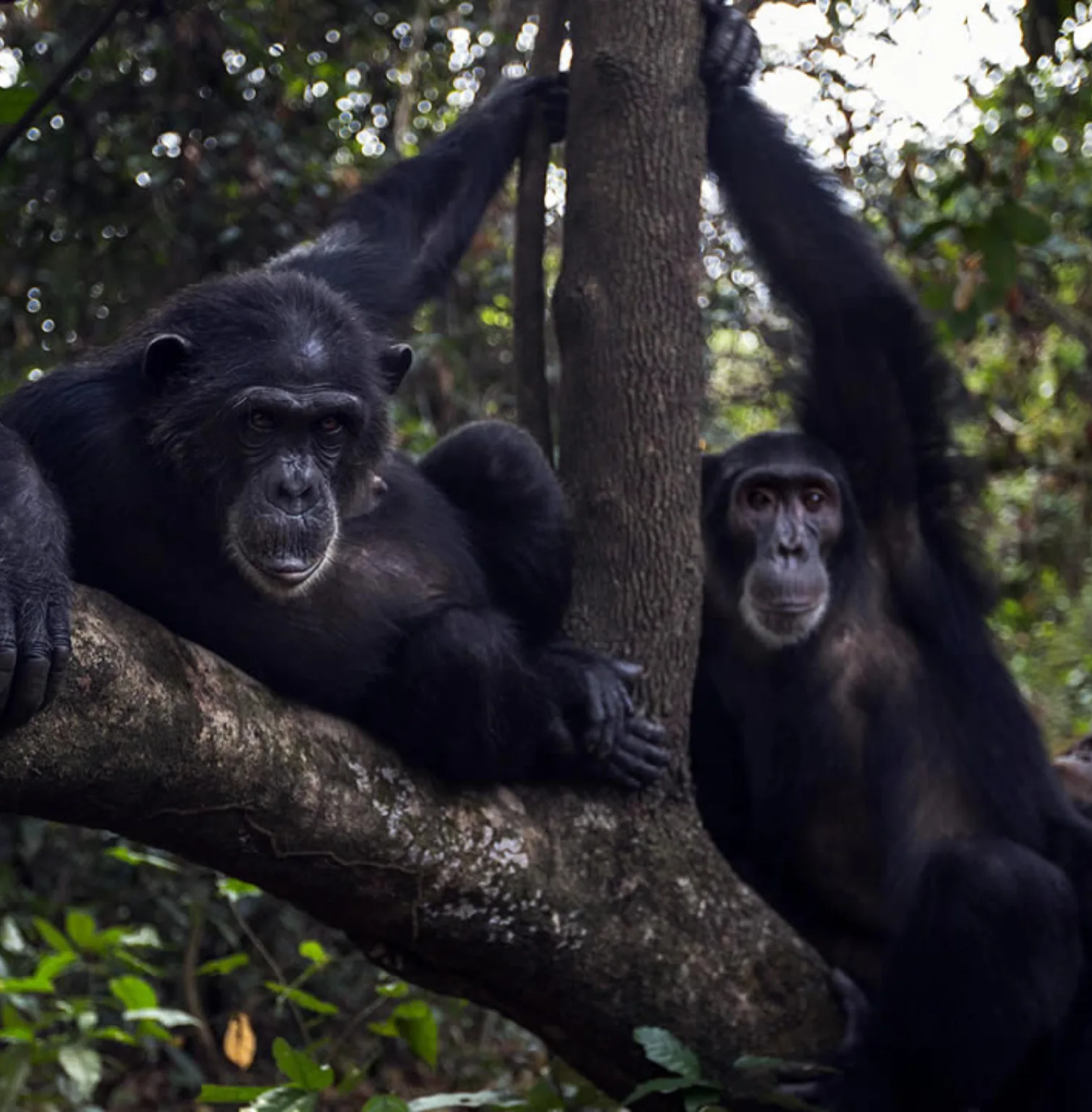
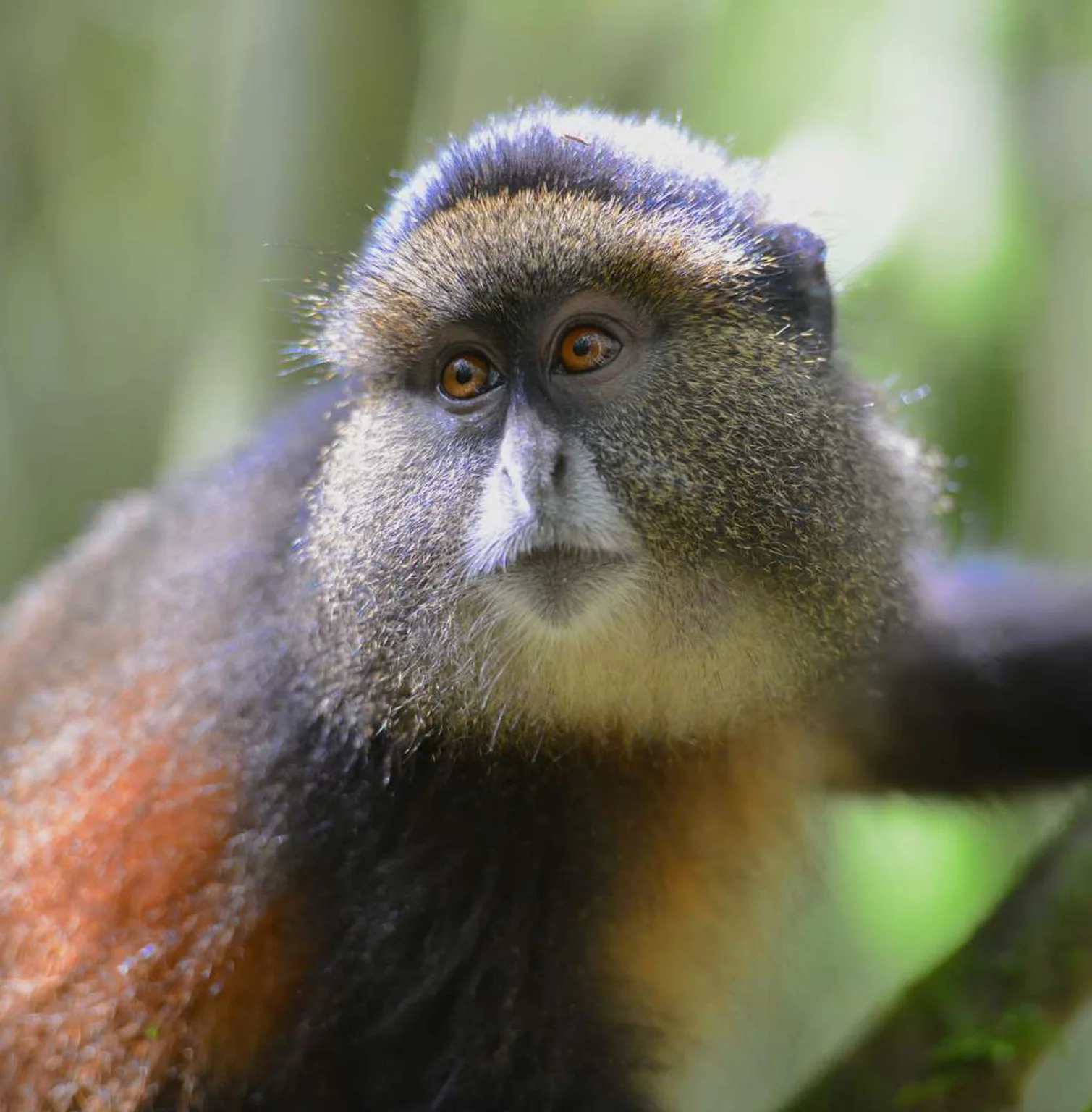
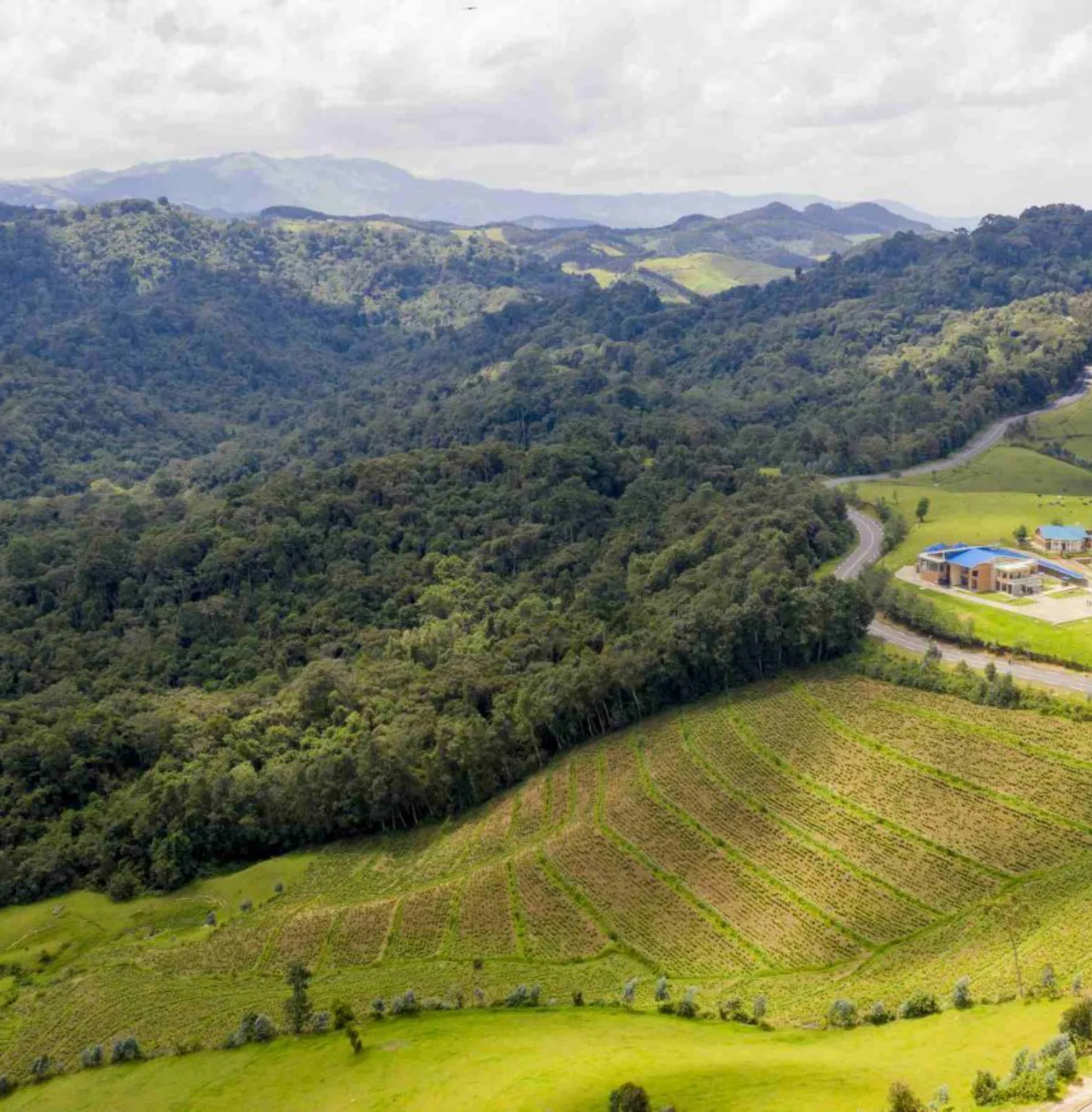
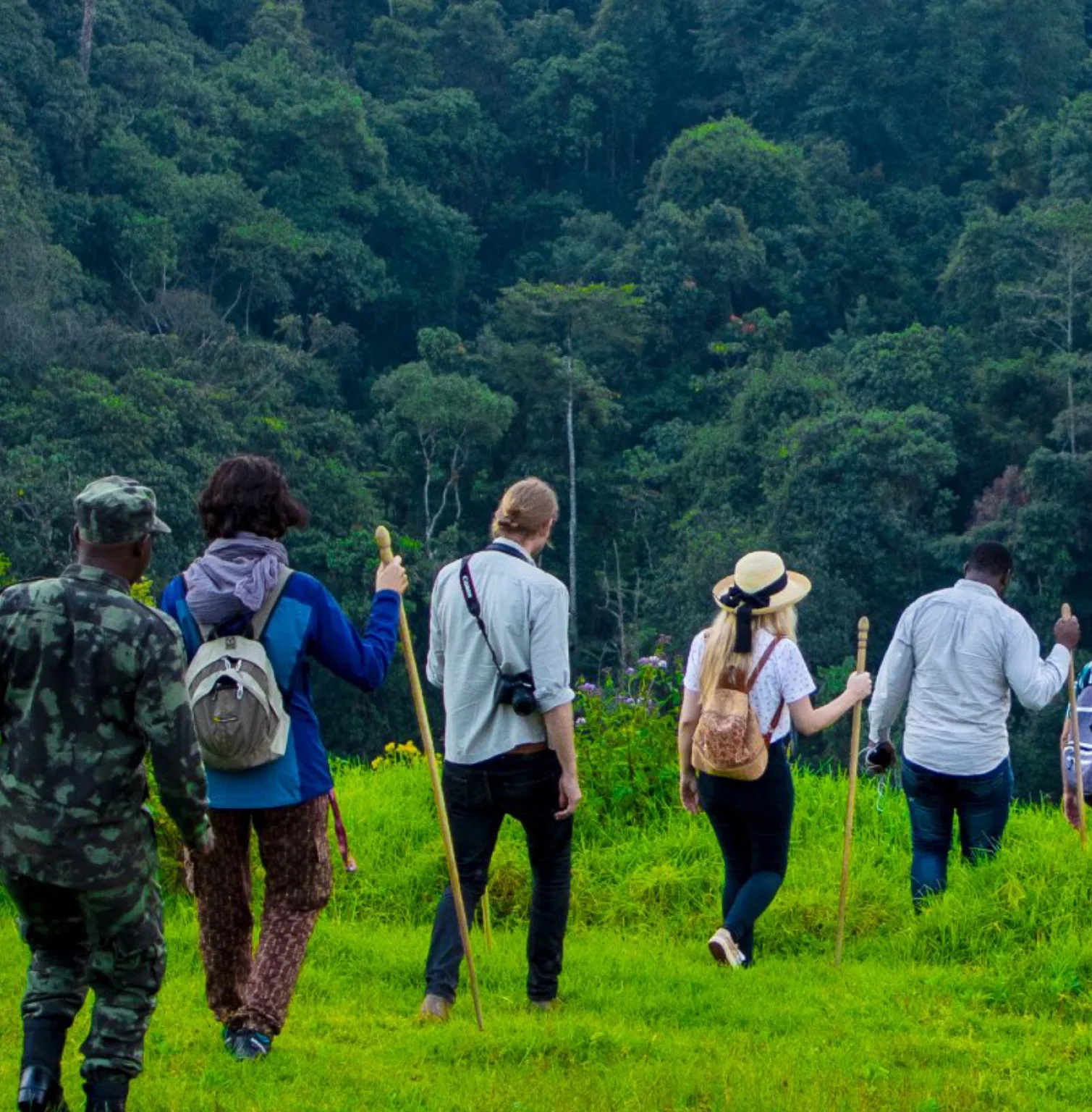
Things to Do in Gishwati-Mukura National Park
This park is a place of dense forests, rich wildlife, and cultural heritage. Visitors can explore trails, encounter primates, and engage with local communities.
Chimpanzee Trekking
Track a growing population of wild chimpanzees. As they are not fully habituated, patience is needed, but seeing them in their natural home is rewarding.
Golden Monkey Tracking
These playful monkeys move in large groups, jumping through bamboo forests. A guided trek gives visitors a chance to watch them up close.
Hiking and Nature Walks
Well-marked trails take visitors through thick rainforests, waterfalls, and scenic viewpoints. Guides explain the park’s plants and wildlife along the way.
Birdwatching Tours
With over 230 bird species, including rare Albertine Rift endemics, this park is a great spot for bird enthusiasts looking to see unique species.
Cultural Experiences
Nearby communities invite visitors to learn about beekeeping, traditional medicine, and crafts. Cultural dance performances are also part of the experience.
Tea Plantation Tour
The rolling hills around Gishwati are covered with tea farms. Visitors can see how tea is grown, and processed, and enjoy fresh Rwandan tea.
Whispers of the Forest, Echoes of the Wild!
Walk through misty forests, listen to rustling leaves, and meet the primates of Rwanda’s hidden rainforest. In Gishwati-Mukura, every path leads to discovery, and every step tells a story.
Gishwati-Mukura National Park FAQs
Where is Gishwati-Mukura National Park located?
Gishwati-Mukura National Park is in Rwanda’s Western Province, between the Rubavu and Karongi districts. It lies in the Kivu Belt and is part of the Congo-Nile Divide, a key ecological zone. The park is about a four-hour drive from Kigali, making it accessible by road. It is the country’s smallest and newest national park, officially established in 2015.
What wildlife can I see in Gishwati-Mukura National Park?
The park is home to a variety of primates, including chimpanzees, golden monkeys, L’Hoest’s monkeys, and blue monkeys. It also has over 230 bird species, including Albertine Rift endemics. Other animals spotted in the park include serval cats, black-fronted duikers, and side-striped jackals. The forest’s biodiversity makes it an excellent destination for wildlife enthusiasts.
What activities can I do in Gishwati-Mukura National Park?
Visitors can go chimpanzee trekking, golden monkey tracking, and birdwatching with expert guides. The park has hiking trails leading to scenic waterfalls and viewpoints. Cultural experiences with local communities include beekeeping, traditional healing, and tea plantation tours. These activities allow visitors to explore both the natural and cultural heritage of the region.
When is the best time to visit Gishwati-Mukura National Park?
The park is open all year, but the best time for trekking and hiking is during the dry months from June to September and December to February. Trails are easier to navigate, and wildlife is more visible. The rainy seasons from March to May and October to November bring lush scenery, making them ideal for birdwatching. Visitors should always be prepared for sudden weather changes.
How do I get to Gishwati-Mukura National Park?
The park is accessible by road from Kigali. The drive takes about four hours, passing through Musanze and the Pfunda Tea Factory junction before reaching the Rubavu-Karongi route. The nearest town is Rubavu, about 40 minutes away. Visitors must check in at the park office near the main road before starting any activities.
Where can I stay when visiting Gishwati-Mukura National Park?
The Forest of Hope Guest House is the only accommodation inside the park. It offers two en-suite rooms and a campground with basic facilities. Staying here includes meals, guided excursions, and community visits. Visitors must book in advance, as space is limited. Alternatively, hotels in Rubavu and Karongi provide additional lodging options for those preferring to stay outside the park.
Related
Rwanda
Suggested Packages
Explore our curated Rwanda travel packages designed to turn your dream getaway into reality. Whether you’re after thrilling adventures, peaceful retreats, or a mix of both, we’ll craft the perfect Rwandan escape just for you. Reach out today and let’s start planning unforgettable memories together!
Reviews
From lion chases to lazy sunsets, our travelers spill stories that prove East Africa is wilder and warmer than imagined.
4.8
Based on 10+ reviews
